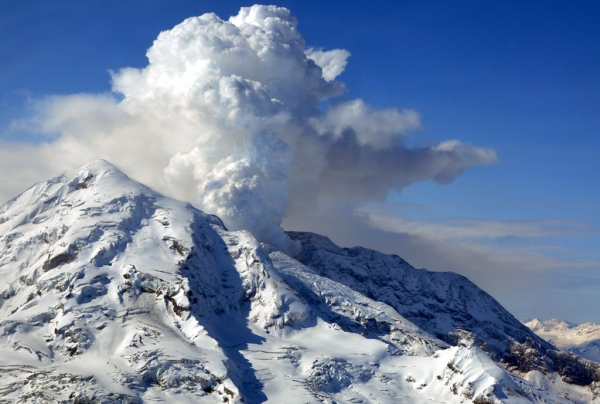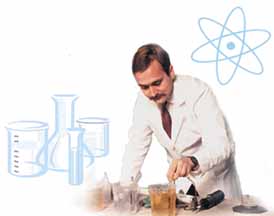 Scientists have known for years that the climate of our planet fluctuates from time to time, growing warmer in some periods and colder in others. Sometimes change occurs slowly, and other times fairly rapidly.
Scientists have known for years that the climate of our planet fluctuates from time to time, growing warmer in some periods and colder in others. Sometimes change occurs slowly, and other times fairly rapidly.
One way in which science allows us to look into the past is through analysis of ice in the polar regions. As ice forms in these areas, it not only traps what is in the air at that time, but it also forms in different ways according to the temperature and climate conditions. By drilling deep holes into polar ice, scientists are able to take deep core samples which can be “read” to determine what conditions were like at different times in the past.
It is now theorized that a series of volcanic eruptions in the mid 13th century put so much matter into the atmosphere that it triggered a cold wave which produced a mini ice age lasting through the 13th and 14th century. (https://www.snexplores.org/article/sudden-big-chill/)
However, a student of history will also note that in other world events at that time, famine began to strike Europe. Because of the cold weather, crops began to fail, resulting in what is known as “the Great Famine” between 1315 and 1317. But hunger was a real problem throughout this entire period, due to the extremely low and unusual temperatures.
Naturally, when mass populations are weakened by hunger, they are an easy target for disease. So it then comes as no surprise that we witness how rapidly the “black death” (bubonic plague) spread through Europe once it made it’s way there carried, most likely, by the fleas on rats aboard ships traveling from the Middle East. The plague peaked between 1348 and 1350. (http://en.wikipedia.org/wiki/Black_Death)
Recent movements in education such as the STEM initiative (Science-Technology-Engineering-Mathematics) underline that experts see the need for added work in this area when it comes to teaching our children in school. Understanding our changing climate is a key to the survival of our species, and also a source of rich educational value for children, as the study of climate involves so many other areas of study, from Oceanography to Geography, to Chemistry and even, as we have seen, History. Involving children in these studies in exciting ways is key to ensuring they realize the interesting nature of science.
If you are seeking ideas for educational assemblies that can provoke this kind of interest in your children, Mobile Ed has several that will help.
Our Changing Climate is an exciting 45 minute program that deals specifically with these issues. The Earth Dome (Earth Balloon) is a giant, twenty foot tall planet Earth which is not only a jaw dropping sight to behold but also a fabulous tool for teaching about the geography of our planet. Chemistry! It Really Matters! allows students to quickly understand the interrelated chemical reactions that affect all life on planet Earth. Mobile Ed offers numerous science programs and historical assemblies, and one of them is sure to meet your needs and also excite your kids.
And they need to be excited about science. Our very future depends upon it!
Geoff Beauchamp is the Regional Manager of Mobile Ed Productions where "Education Through Entertainment" has been the guiding principal since 1979. Mobile Ed Productions produces and markets quality educational school assembly programs in the fields of science, history, writing, astronomy, natural science, mathematics, character issues and a variety of other curriculum based areas. In addition, Mr. Beauchamp is a professional actor with 30 years of experience in film, television and on stage. He created and still performs occasionally in Mobile Ed's THE LIVING LINCOLN.





